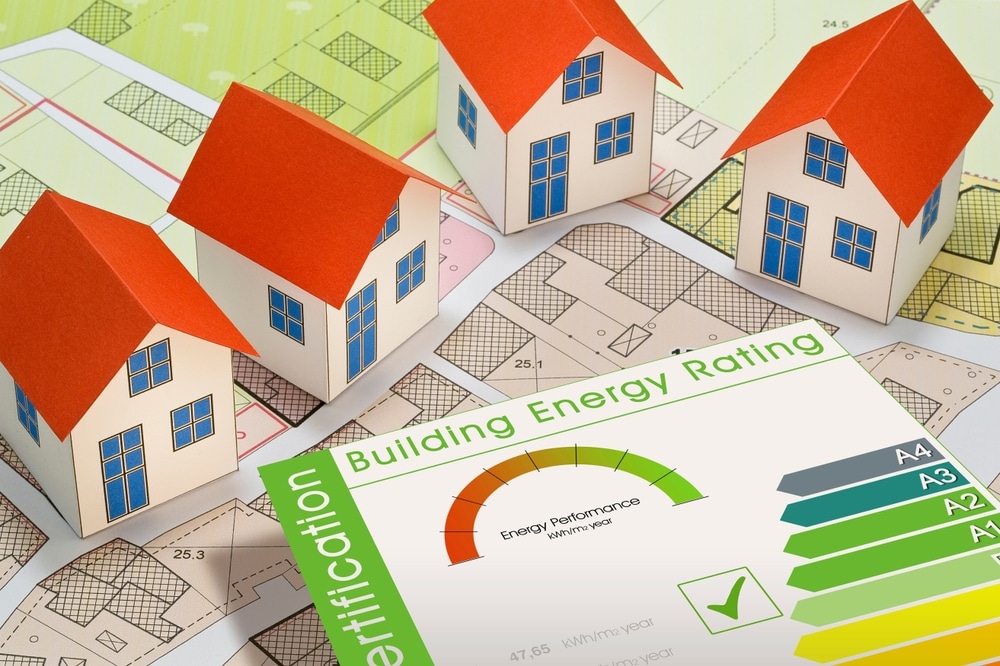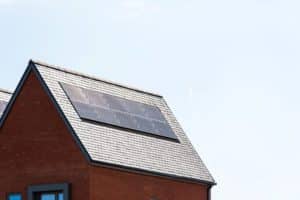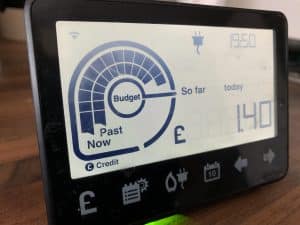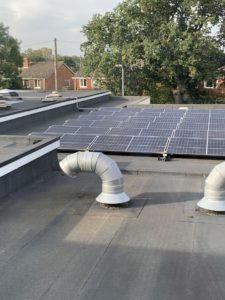The Home Energy Model is due to come into effect in 2025 – but what is it, what is it replacing and what does it mean for you?
Back in December 2023, the UK Government shared consultations on the Home Energy Model – aka, a replacement for the Standard Assessment Procedure (SAP).
While SAP is the current methodology used by the government to assess the energy performance of a building, the Home Energy Model is now being developed to replace it when exploring the energy rating of dwellings (and, in particular, whether they align with the Future Homes Standard assessment). The hope is that the new model will come into effect alongside the Future Homes Standard in 2025.
But why do we need a new methodology? How do the two compare? And what does it mean for you? Read on to find out.
What is the Home Energy Model?
The Home Energy Model is set to be an online assessment tool, replacing the SAP methodology for domestic energy modelling. It will be used to prove compliance and generate Energy Performance Certificates (EPCs).
Essentially, it’s a government calculation methodology which will look at the energy performance of homes all around the UK. At its core will sit a variety of government policies, making it a seriously important part of government housing and climate policy delivery.
It’s still under development – and we hope to read more updates following consultations very soon – but it seems that the Home Energy Model will represent a total overhaul compared to current and previous versions of SAP.
At present, the Home Energy Model is set to release in 2025.
What is the Standard Assessment Procedure?
The Standard Assessment Procedure for the Energy Rating of Dwellings (SAP) is the UK Government’s current national calculation methodology for assessing the energy performance of dwellings. SAP measures the energy-related running costs of a home, and the assessments consider heating, hot water, lighting and ventilation, while also demonstrating compliance of new homes with Part L of Building regulations and generating EPCs for all homes.
Recent updates to the methodology – such as SAP 10.2 – represented a more comprehensive and precise approach to quantifying heat losses. Transitioning to these new guidelines had a significant influence on the methods by which we plan heating systems and insulation for our homes.
SAP was initially developed by the Building Research Establishment (BRE) and was first noted as the method for assessing the energy performance of dwellings in the 1994 Building Regulations.
How does the Home Energy Model compare to SAP?
While we expect to find further alterations and improvements in the coming months as more information is released about the Home Energy Model, at present there are a few key changes that we’ve noted between the new model and SAP.
Methodology transparency.
Firstly, while the Home Energy Model and SAP have similar interfaces, the Home Energy Model will include some pretty hefty methodological changes. Interestingly, the source code for the upcoming new methodology has been published to ensure ultimate transparency and provide a clearer understanding.
Level of detail.
There will also be far greater detail opportunities available for input. For example, it will:
- Enable more accurate simulation of energy performance
- Utilise a half-hour timestep compared to SAP’s monthly timestep
- Require the selection of a local weather file (improving accuracy of climate impact predictions on the site)
- Require more specific information such as; number of bedrooms, energy ratings of household appliances and measurements of living spaces
- Require detailed inputs regarding dwelling systems, including; hot water distribution, insulation specifications, envelope area, dwelling volume, airtightness type and test results, and ductwork dimensions and insulation properties
Heat loss accuracy:
In addition, the new tool will feature a more precise heat loss calculation methodology; it will enable this by encouraging users to divide their building into thermal zones. Users must specify the thermal resistance and thermal transmittance (U-value) of elements, along with solar absorption coefficients, mass distribution class and other relevant measurements.
What do the experts think?
Andrew Sadler, Director here at Buildpass, said:
“Overall, it does seem that the Home Energy Model is going to produce far more accurate estimations around energy performance, creating a closer correlation between predictions and reality. It looks like there are still many details that need ironing out, but I’m optimistic that this will be a positive change for the energy industry, helping us move closer towards more sustainable construction and that overall goal of net zero by 2050.”
If you want to talk to us about the energy performance of your dwelling, we would love to arrange a free consultation. Drop us a line and we will get a call or in-person meeting in the diary.




















